Now shipping plant orders promptly 🙂
Dragon Fruit, red-fruited, (Hylocereus undatus) plant in a 9 inch pot, organic
$31.00
Family: Cactus (Cactaceae)
Zones 10 to 12, otherwise grown indoors as a potted plant. Excellent in the greenhouse. Protect from frost.
Perennial cactus native to Central America and the Caribbean. Night-blooming and exotically scented, the flowers of Dragon Fruit can reach more than a foot long and wide. The fruits are red and smooth skinned, with a succulent pink flesh dotted with the jet black seeds, the flesh being very sweet, edible and delicious, reaching up to 5 inches long. They are from the warm tropics and appreciate frequent watering. In warm winter areas, these Cacti may be planted in the ground and trained up a pole and then allowed to droop into a weeping willow shape. They will cling to the pole with epiphytic roots. In nature, these commonly grow up into trees, their fruit hanging heavily pendant as if it were the fruit of the tree. Space plants 5 feet apart.
Potted plant in a 9-inch deep pot, Certified Organically Grown
In stock

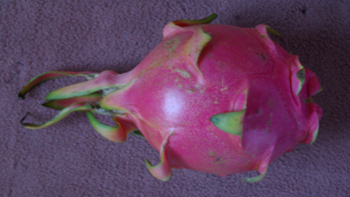
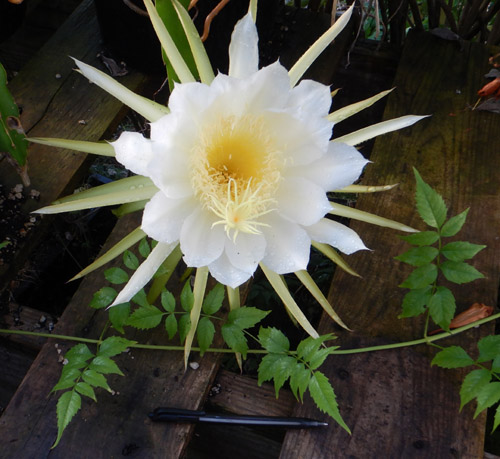
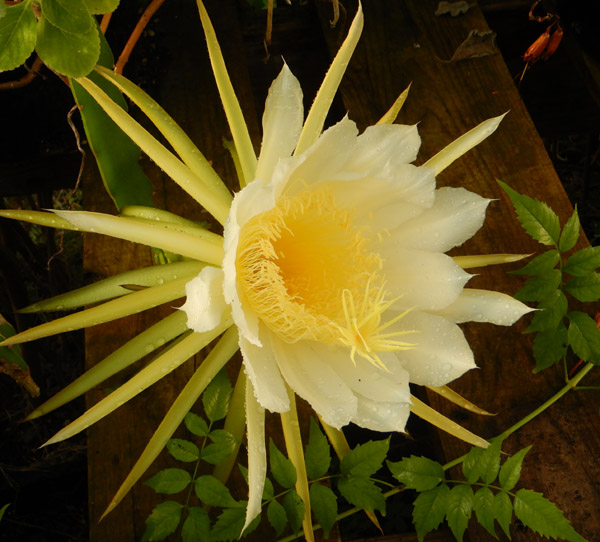
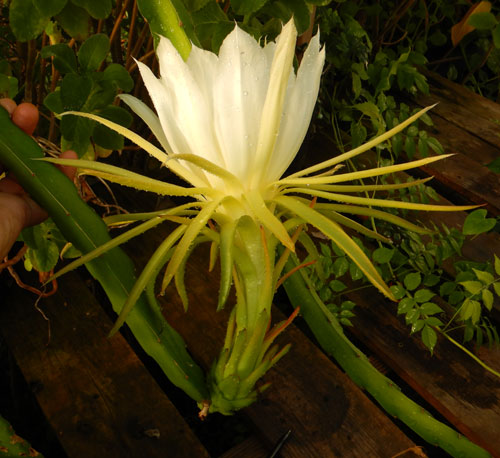

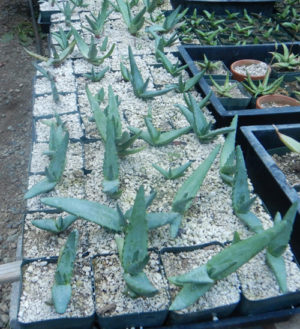
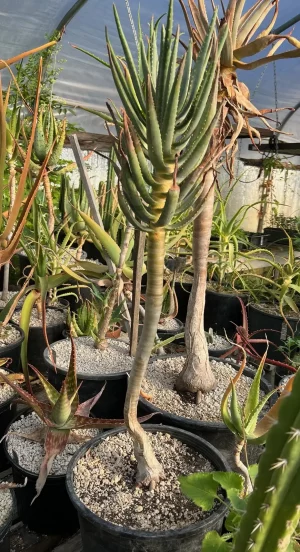
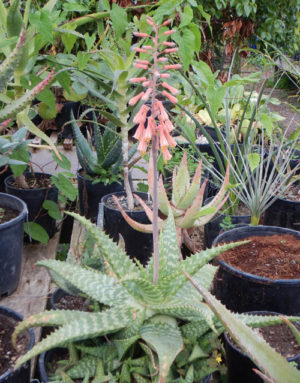

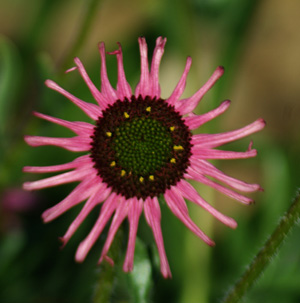
Question
normasceales –
Hi Richo,
I’m not familiar with hand pollinated is it explained in your book if so? I’m not sure how to do that.
Thanks.
Upvote if this was helpful (0) Downvote if this was not helpful (0) Watch Unwatch Flag for removal
Richo Cech –
Hi Norma, yes, i would love it if you got a copy of “growing plant medicine” vol 1, it is a great resource for pollination ecology and cactus is in vol 1. Here’s a youtube on the subject https://www.youtube.com/watch?v=Q3inxCzJ_JA&t=23s
Upvote if this was helpful (0) Downvote if this was not helpful (0) Flag for removal
normasceales –
I literally watched the video about 3 times and truly enjoy watching all your videos on YouTube. I want to build a Tortuga as a raise bed instead of a traditional boring one. I have your book that explains in detail how to build one, have you consider making a video on that.
Thanks!
Upvote if this was helpful (0) Downvote if this was not helpful (0) Flag for removal
Richo Cech –
Hi Norma, I’m glad its helpful and appreciate your letting me know. I’ll surely make a “tortuga” video next time I make a tortuga. Richo
Upvote if this was helpful (2) Downvote if this was not helpful (0) Flag for removal
normasceales –
Fantastic!
Upvote if this was helpful (0) Downvote if this was not helpful (0) Flag for removal
Question
Kirsten –
can these be grown indoors? can they be hand pollination them? im in maine and would love to grow these.
Upvote if this was helpful (0) Downvote if this was not helpful (0) Watch Unwatch Flag for removal
Mayche Cech –
Hello Kirsten, In Maine, they must be grown indoors. Given the requirement for intense light and heat they usually require a heated greenhouse in the northern states. I had one in a light room and it did survive quite nicely, and even climbed the wall, holding on with epiphytic roots, moving toward the windows. They never flowered there, though. In our heated greenhouses yes, we hand-pollinate them.
Richo
Upvote if this was helpful (0) Downvote if this was not helpful (0) Flag for removal
Theresa –
FYI: I’ve successfully(flowered) been growing one in east window in Idaho all season long.
Upvote if this was helpful (0) Downvote if this was not helpful (0) Flag for removal
Question
Kim C –
How long before these produce fruits? Several years? One year? Would this work potted/moveable in Central California zone 9b with very hot, dry summers and cold winters? Thank you!
Upvote if this was helpful (0) Downvote if this was not helpful (0) Watch Unwatch Flag for removal
Richo Cech –
Hi Kim, In ideal conditions, Hylocereus undatus makes fruits in 3 to 5 years. Some growers report fruits after 2 years but I haven’t seen this. I do think you’d have to keep it potted and winter protected in a Zone 9b–it is listed only down to a Z 10 and is not frost hardy. The plant is grown outdoors on the Gulf Coast and Southern California, and of course Central America where it is native, and of course Southeast Asia, where it is extensively cultivated. Richo
Upvote if this was helpful (1) Downvote if this was not helpful (0) Flag for removal
Lotus –
Hi Richo,
Just to confirm… Are the chances of Dragon Fruit, actually producing pretty good in Texas (SE, Gulf Coast)?
Upvote if this was helpful (0) Downvote if this was not helpful (0) Flag for removal
Richo Cech –
hi lotus, yes, and we have some great plants available at the present time. this species has been doing well for us–gigantic flowers last night, oddly enough, on the new moon. r
Upvote if this was helpful (0) Downvote if this was not helpful (0) Flag for removal
Question
Cecily –
Hi there, I see that you are located in Oregon and I’m curious as to how you grow your Dragon Fruit? I live in Central Oregon, with extreme drought, harsh winters, hot dry summers, I’m wondering if it would even be possible to grow this at all? We don’t have a greenhouse but have a whole room in our house dedicated to just indoor plants. I am wondering if I could grow it in a pot in there? It has large grow lights all over and 2 humidifiers for maximum humidity for the tropical plants we grow. Your thoughts on this would be appreciated. Thanks so much!
Upvote if this was helpful (0) Downvote if this was not helpful (0) Watch Unwatch Flag for removal
Richo Cech –
Hi Cecily, Thanks for contacting. Dragon fruit will do fine in the conditions you mention. I had some growing in my “light room” for a couple of years and it did snake out of its pot and climb the walls, feeling for a place to root in. Clearly they need to be protected from frost and frankly cannot be expected to fruit unless planted in the ideal conditions: Southern California, outdoors, trellised, on the dry side. Richo
Upvote if this was helpful (0) Downvote if this was not helpful (0) Flag for removal
Anna LaRosa –
I’m in the Boise area and my dragon fruit is several years old, never fruited, but like you said, is trying to escape. It’s HUGE!!
Upvote if this was helpful (0) Downvote if this was not helpful (0) Flag for removal